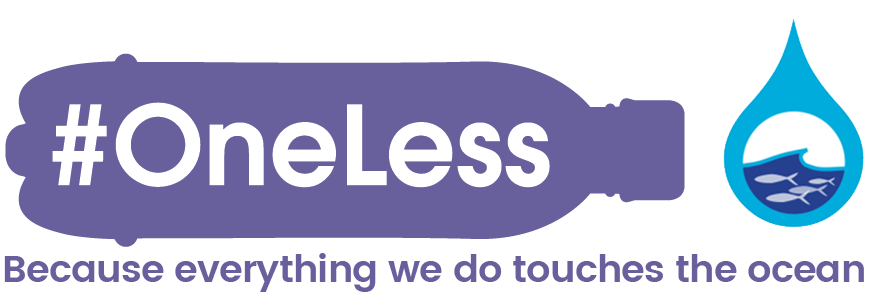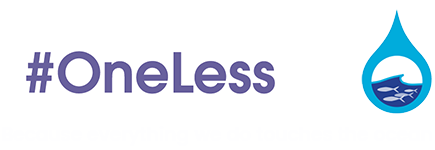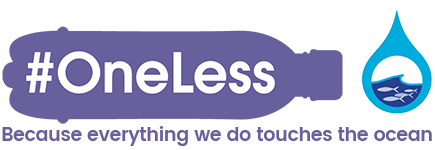Guest author: Becky Shu Chen, Zoological Society of London
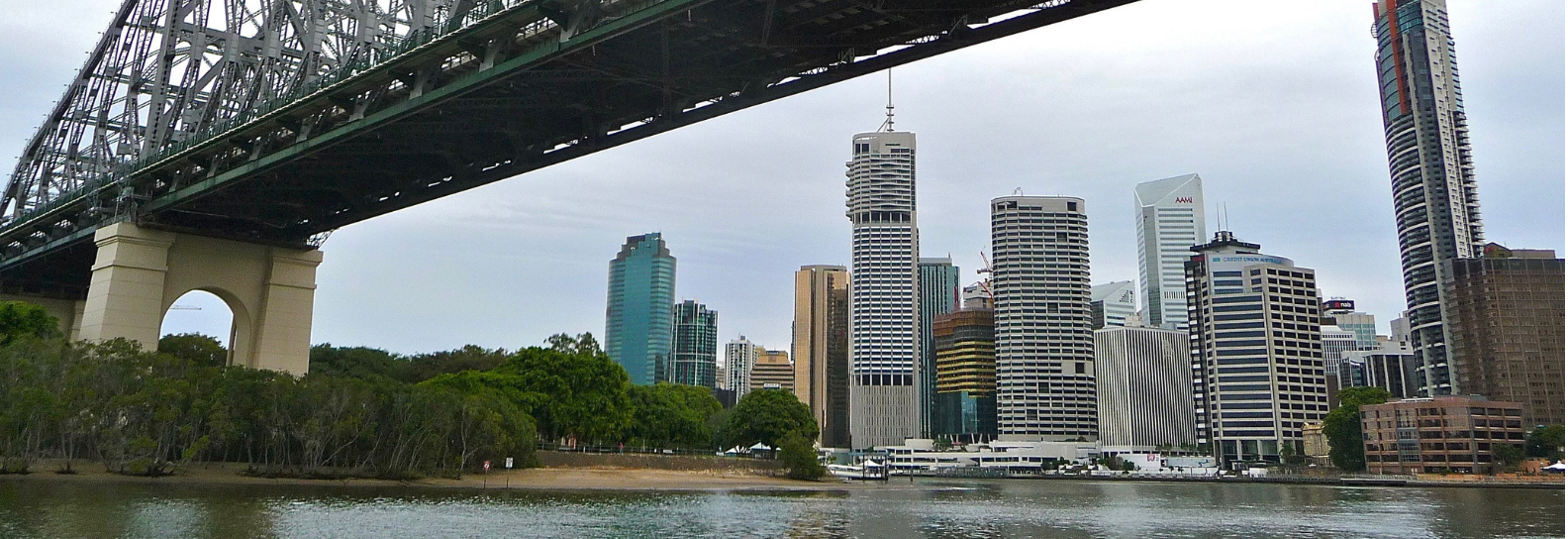
At the end of March, I landed in Brisbane, Australia, to start my new journey. As a wildlife lover, I was very excited to set foot in this wonderland well known for its beautiful landscape and wild animals. Like all international travellers, my journey began with a 14-day compulsory hotel quarantine to contain the risk of spreading COVID-19.
Luckily, I was allocated a hotel room with a window, offering views of the Brisbane river. It reminded me of the River Thames in London, which also leads to the ocean and inhabits wonderful marine life – it seems that most big cities are nourished by life-giving rivers. When looking at this beautiful river in Brisbane, I started to think about Australia with all its charismatic species, and how it probably has the world’s strictest biosecurity measures. I reflected that it must be leading plenty of inspiring initiatives to safeguard its wildlife and their habitats.
One day, two days, ten days…
Time travelled just like the water running through the river. Along with other hotel guests under quarantine, I was kindly delivered three meals a day, directly to my room. For health reasons (or perhaps just for convenience), the meals were usually served in plastic containers alongside bottled water. This was the case every day, for 14 days, and for every single person in quarantine. I was incredibly surprised by this – it was quite different from what I expected, and this was my first real ‘cultural shock’ towards Australia. As an Asian from a developing country, I understood that populations in developed countries were privileged to have access to perfectly safe and drinkable tap water. Similarly, it was easy to make a lovely coffee or tea by just using the kettle available in the room.
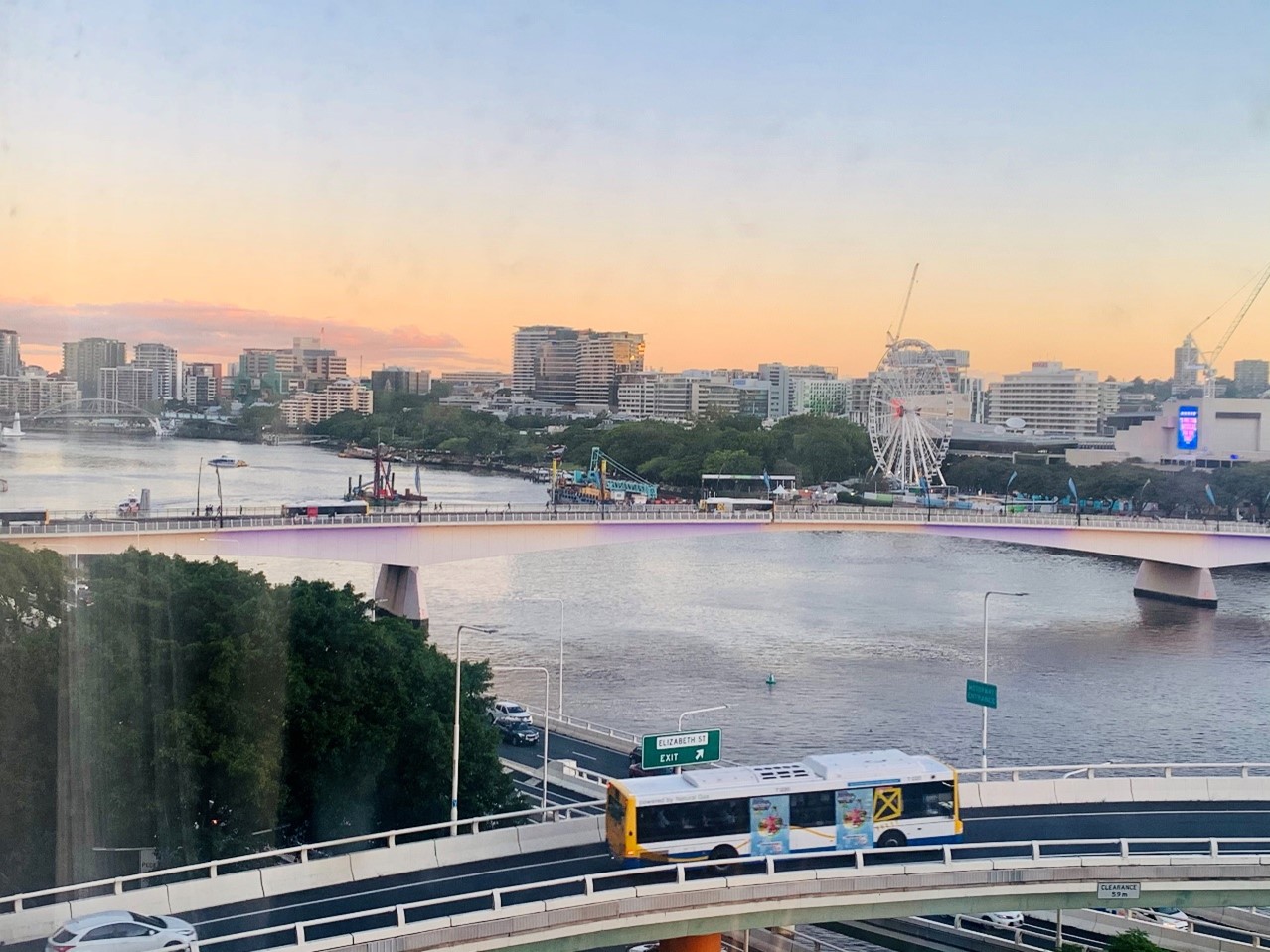
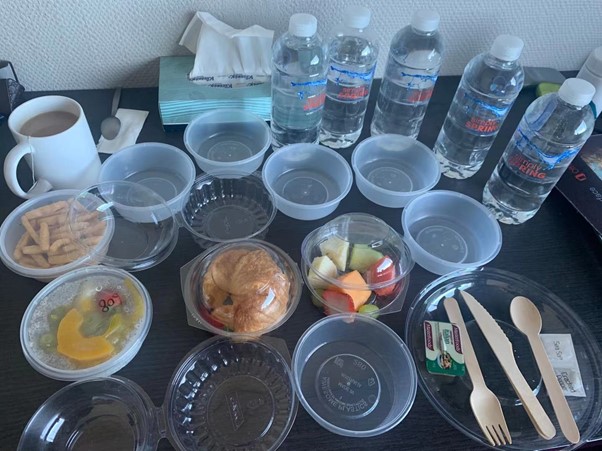
When considering single-use plastic water bottles alone, the simple calculation was shocking. Three bottles per day, for 14 days – with more than 211,000 people participating in hotel quarantine in Australia by February 2021 – equated to more than 8.86 million plastic bottles! In addition to this, every week there are 1,000 new arrivals to Queensland, meaning a further 42,000 water bottles are distributed. I wondered, are these bottles recycled (doubtful due to the COVID-19 contamination concerns), burned, or do they end up in landfill? What about the other plastic items I received daily on my food tray?
I was left wondering whether this alarming quantity of plastic waste was being treated seriously, considering the environmental impact of plastic. Every piece of plastic touches the ocean. I started looking at the Brisbane river again with a much heavier heart…
COVID-19 is a prime example of how our relationship with nature is breaking-down. Are the current ways we are protecting ourselves from the pandemic not sowing the seeds for environmental disruption further down the line? Who will pay the bill? Humans.
As a conservation optimist, I believe there must be alternatives to using this amount of plastic – especially in Australia. This strongly reminded me of ZSL’s #OneLess campaign in London, which argues the most effective strategy to halt plastic pollution is not to “recycle” the waste, but to “reduce” the unnecessary use of plastic in the first place.
If the River Thames can recover from an enormous tide of plastic pollution, then surely Australians – the leading environmental activists – must be able to reach a higher goal for plastic reduction.
Right?
